Big House Little City: Architectural Design Through an Urban Lens eBook
$42.95 Original price was: $42.95.$16.00Current price is: $16.00.
-
Author(s): Benedict Zucchi
-
Publisher: Routledge
-
Print ISBN: 9781032259765, 1032259760
-
eText ISBN: 9781000912456, 1000912450
Delivery: Can be download immediately after purchasing. For new customer, we need process for verification from 30 mins to 12 hours.
Version: PDF/EPUB. If you need EPUB and MOBI Version, please send contact us.
Compatible Devices: Can be read on any devices
Combining architectural and urban thinking in an unusual and engaging way, this book presents an integrated approach to architectural theory and design. Leon Battista Alberti’s assertion in his famous Renaissance treatise that ‘the city is like a big house, and the house is in turn like a little city’ forms the springboard for a series of reflections on architecture’s relationship with urbanism and how their once intimate symbiosis, unravelled by International Style Modernism, can be recovered. Explicit references to Alberti’s house-city phrase have been made by figures as diverse as the architects Louis Kahn, Aldo Van Eyck, Denys Lasdun and Niels Torp and novelist Italo Calvino. But, as the book shows, thinking of buildings as little cities provides a new lens through which to reappraise the contributions of many other architects, including Le Corbusier, Frank Lloyd Wright, Alvar Aalto, Eliel Saarinen, Bernard Rudofsky, Hans Scharoun, Leon Krier, Fumihiko Maki, Charles Correa and Team 10. In doing so, the author identifies common themes that form an unexpected bridgehead between the urban and architectural approaches of Antiquity, the Middle Ages, Renaissance and 20th century. The book explores buildings from across the globe, including lesser-known projects, such as Wright’s unbuilt house in Italy or Saarinen’s master plan for Cranbrook Academy, as well as more recent projects by Niels Torp, Behnisch Architekten, Sou Fujimoto, Peter Barber and WOHA. It concludes with practical case studies of residential, health, education and workplace projects from different countries, fulsomely illustrated with many drawings and photographs. These show how architectural design viewed through an urban lens provides a conceptual framework for breaking down the scale of large buildings and integrating them with their context. And crucially, these also show a very accessible way of explaining evolving designs to the intended users and eliciting their participation in the design process. The book offers a compelling approach to the design of projects at all scales, within an ecological perspective: the sense that big and small, cities and buildings must be approached holistically if we are to reverse the degradation and depletion of our habitat, both natural and man-made.
This is a digital product.
Additional ISBNs
9781003285939, 9781032259734
Big House Little City: Architectural Design Through an Urban Lens 1st Edition is written by Benedict Zucchi and published by Routledge. The Digital and eTextbook ISBNs for Big House Little City are 9781000912456, 1000912450 and the print ISBNs are 9781032259765, 1032259760. Additional ISBNs for this eTextbook include 9781003285939, 9781032259734.
Be the first to review “Big House Little City: Architectural Design Through an Urban Lens eBook” Cancel reply
You must be logged in to post a review.
Related products
Bestsellers
Bestsellers
Building Codes Illustrated: A Guide to Understanding the 2015 International Building Code eBook
Bestsellers
Trending
Bestsellers
Building Codes Illustrated: A Guide to Understanding the 2015 International Building Code eBook
Bestsellers

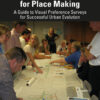


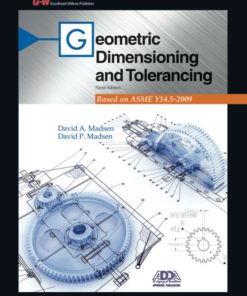
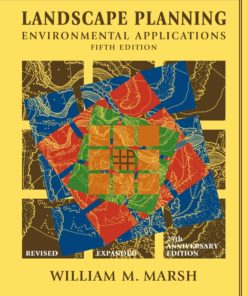
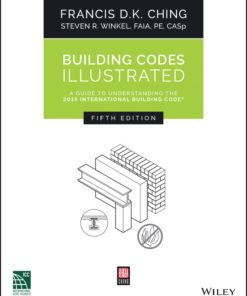
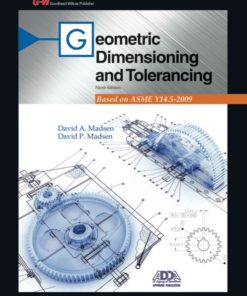
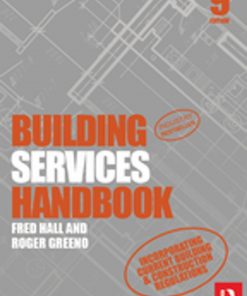
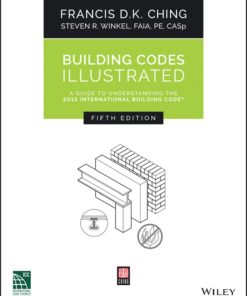
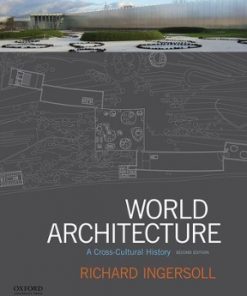
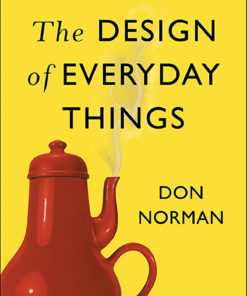
Reviews
There are no reviews yet.